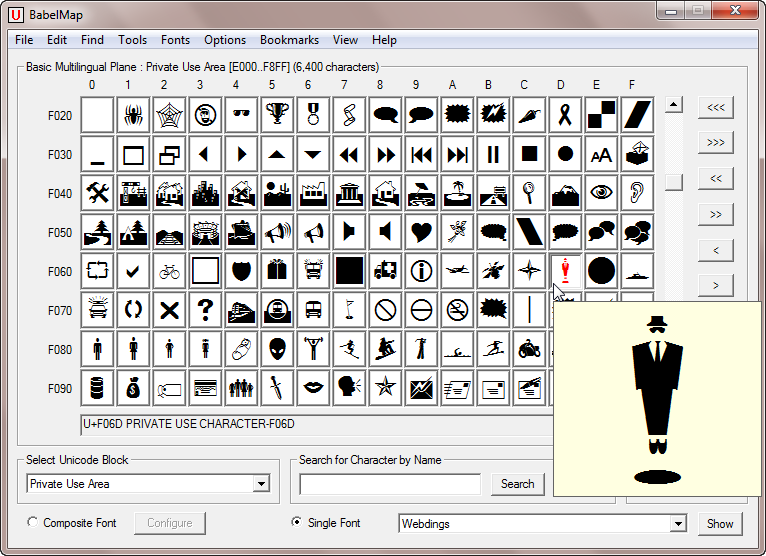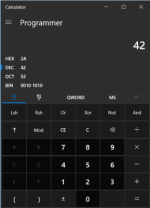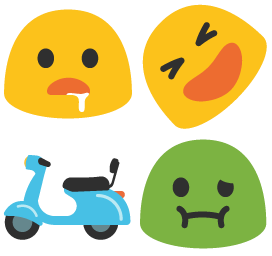Just when you thought it was safe to call your application Unicode-compatible, July should mark the release of Unicode 7.0. This version adds a whole host of new images and symbols, including a bevy of Japanese Emoji, the graphical equivalent of emoticons.
Those Emoji are 250 strong, and include everything from a hugging couple, to a hand with an extended middle finger. We’re fairly certain you can find a use for the latter in your applications.
The release we’re discussing here is a beta release, which has all of the included characters. Between now and the finalization of the 7.0 standard, there will not be any new characters added.

Be assured, there’s an awful lot coming this update. In fact, the PDF containing all of these characters is more than 95MB in size.
There’s more here than just little pictures of guys flipping you off, however. This is the first version of Unicode with support for shorthand. Shorthand dictation characters are stored in Duployan block (U+1BC0..U+1BC9F) and the Shorthand Format Controls block (U+1BCA0..U+1BCAF). These controls are not completely finalized, as this will be their first release, but the Unicode Consortium is very interested in hearing about how people implement shorthand because it is expected to be difficult.
Also updated in this release is the Unicode Collation Algorithm, which is used to compare two different Unicode strings.
Finally, this version of Unicode addresses the international URL formats approved in 2010 (IDNA2008). From the Unicode Consortium’s site: “The specification provides two main features: One is a comprehensive mapping to support current user expectations for casing and other variants of domain names. Such a mapping is allowed by IDNA2008. The second is a compatibility mechanism that supports the existing domain names that were allowed under IDNA2003. This second feature is intended to improve client behavior during the transitional period.”




